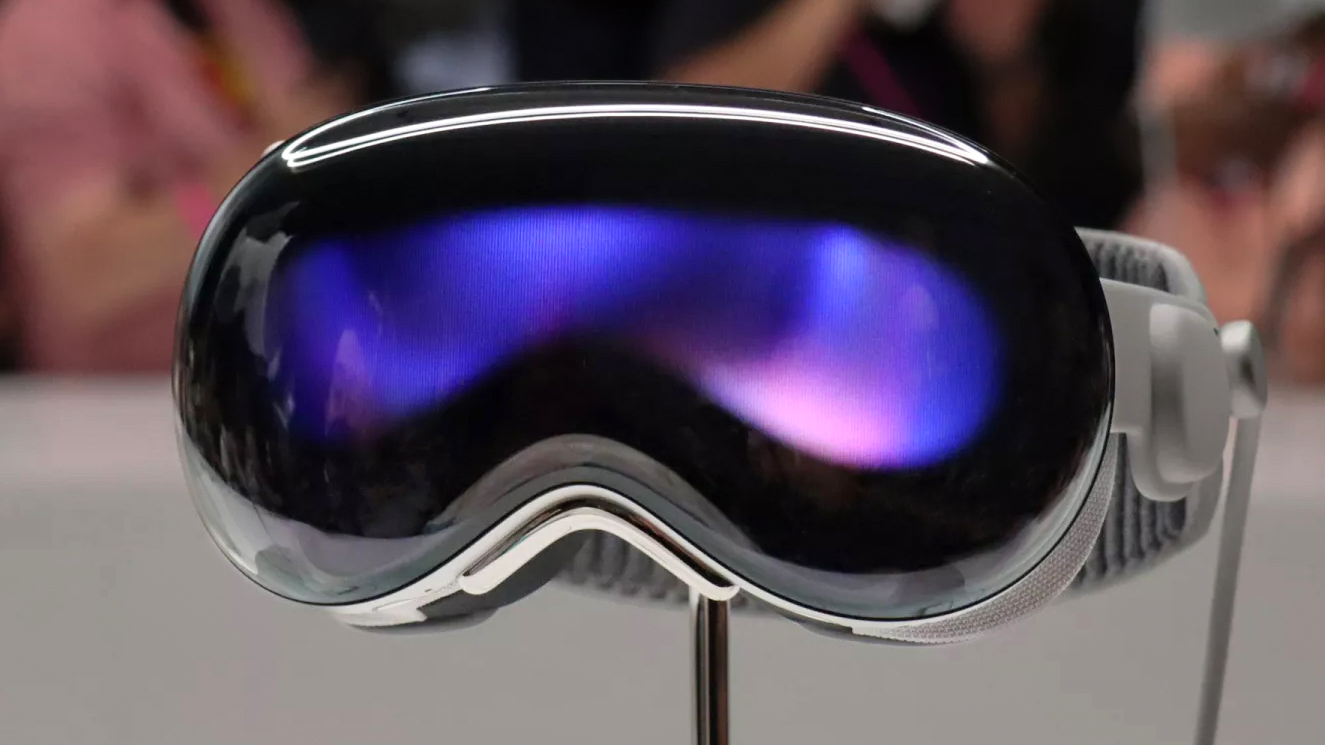The first beta for the Apple Vision Pro headset’s operating system – visionOS – has launched and we’re finding out a bunch of interesting details about the Apple VR headset, including that Apple wants it to be the ultimate travel companion.
Apple’s Vision Pro isn’t expected to launch until next year, but that hasn’t stopped Apple from releasing the OS early so app creators can start bringing their software to the system. This way, by the time the headset is publicly available it should have a solid library of content that’ll help justify its exceptionally high price of $3,499 (around £2,800 / AU$5,300). But the beta isn’t just giving us an idea of what third-party developers are working on for the Apple headset, it’s giving us a clear picture of the direction Apple wants to take the Vision Pro.
Previously (in our round-up of six Vision Pro details the visionOS beta has revealed) it was discovered that Apple isn’t keen for people to use its headset for VR fitness – with its guidance for app makers being they should “avoid encouraging people to move too much.” Now we’ve learned that the Vision Pro will have a dedicated Travel Mode designed for using the headset on an airplane (discovered by MacRumors).

Travel Mode is more than just the typical airplane mode you’d find on your smartphone. Instead, it apparently adapts how the Vision Pro operates so that the experience is better suited to being crammed like a sardine next to people in Economy. According to code found in the visionOS beta, the headset will do this by switching off some of its awareness features and asking you to stay stationary while in Travel Mode.
Both of these make sense. The Vision Pro’s awareness features alert the wearer if a person or an object gets close to them while they’re wearing the headset. On a plane, where people are around you all of the time this could make the sensors go haywire and be a major distraction to your in-flight VR movie. As for moving around, if you have people sitting on either side of you then they likely won’t appreciate it if you start flailing your arms around.
So you won’t be getting the full Vision Pro experience during your flight, but the idea of making your travel better with VR certainly sounds appealing. The beta code doesn’t go into much more detail, but we can turn to the Apple Vision Pro introduction video shown at WWDC 2023 to get an idea of how Travel mode functions. TL;DR, you can use your headset as a private movie theatre and enjoy a 4K film of your choice (that you likely had to download before you boarded) on a massive virtual display – a much larger and higher-quality image than a plane’s built-in video screens.

That said, if you don’t want to splash out $3,500 for a piece of travel tech, there are much more budget-friendly AR glasses that can achieve a similar effect to the Vision Pro’s private movie theatre. The Xreal Air AR glasses (formerly Nreal Air) won’t offer you 4K visuals and have a fair few faults – namely, we feel they’re pricey for what you get and the battery life leaves something to be desired – but if you’re a frequent flier these could be just what you need and they only cost $379 / £400 (around AU$570). And when the Xreal Beam launches it looks like many of the AR glasses’ faults could be solved.
from TechRadar - All the latest technology news https://ift.tt/QaFOYGs
via IFTTT
Comments
Post a Comment